
The AIgorythm project

Playwright and actor
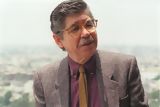
Novelist

Writer and poet

Volleyball player

Italian-Peruvian naturalist and geographer

Singer and percussionist

Last Inca emperor

Politician, former prime Minister

Journalist and TV host
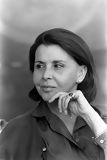
Poet

Inca warrior

Actor and comedian

Biophysicist

Poet

Doctor and researcher

Businessman, Interbank group

Journalist and writer
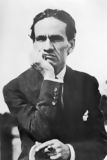
Poet and writer

Singer and songwriter

Writer

Film director, Berlin Golden Bear winner

Football player

Writer and journalist
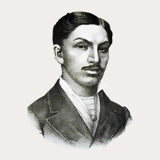
Doctor and scientist

Photograph

Chess player

Industrialist
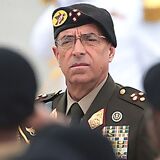
Former general

Specialist in public health

Actress and singer

Afro-Peruvian music singer

Mathematician and engineer

Indigenous chronicler

Neurologist and anthropologist

Painter

Football player
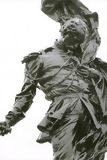
National hero, military leader

Intellectual and reformer

Chef and entrepreneur

Fashion designer

Singer-songwriter

TV presenter

Marathon runner

Indigenous Peruvian chronicler

Theologian

Former national team captain

Economist and former health minister

Inca princess

Writer and television host

Folk musician

Poet and guerrilla
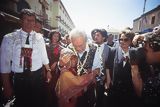
Former UN secretary-general

Chef, known for fusion cuisine

Football player

Peruvian aviation pioneer

Poet and artist
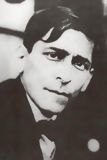
Marxist philosopher and writer

Industrialist and businessman

Novelist and ethnologist

Painter and muralist

Opera tenor

Fashion designer

Cardinal of Lima

Peruvian tennis player

Football coach

Leader of the indigenous rebellion
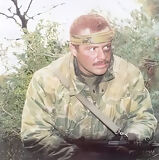
Military hero

Latin singer
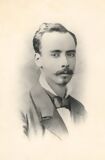
War of the Pacific hero

The youngest mother in history

Politician
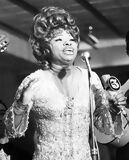
Creole music singer

Tennis player

Musician

Writer and politician

Politician and founder of the Christian Democratic Party

Founder of Sodalitium Christianae Vitae

Archaeologist and anthropologist
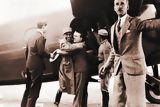
Military leader and politician

Television host

Actress and singer

Contemporary sculptor

Women’s rights activist

Beauty queen

Astrophysicist

Heroine of independence

Mathematician and archaeologist

Historian and anthropologist
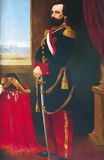
Military figure and historical figure

Fashion photographer
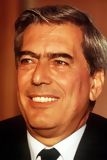
Writer, Nobel Prize in Literature, Politician

Revolutionary leader
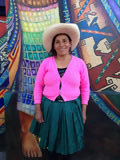
Environmental activist

Leader of the indigenous rebellion

Musician from Gaia band

War hero

Military leader and politician

Chef, known for Nikkei cuisine

Volleyball coach and former player

Environmental activist

Television personality

Writer

Football player

Epidemiologist and former health Minister

Inventor and aerospace pioneer

Soldier and inventor

Rock singer

Chef and co-owner of Central restaurant

Painter

Football player

TV presenter and actress
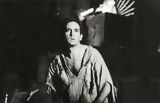
Actor
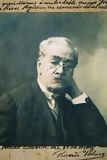
Writer and historian

Journalist and lawyer

Archaeologist, founder of Caral site
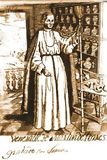
Monk and Saint
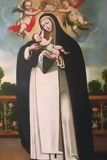
Saint, patron of Latin America

Physicist and engineer

World champion surfer

Actress

Oncologist

Singer, Latin Grammy winner

Former mayor of Lima

Singer

Actress

Former football player

Painter
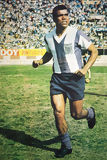
Former football player

Painter

Inca leader

Archbishop, saint
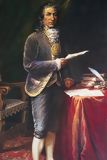
Leader of the indigenous rebellion

Revolutionary indigenous leader

Diplomat and intellectual

Sculptor and painter

Political leader, founder of APRA

Lawyer and Former prime minister

Chef of Central restaurant

Former head of secret services

Popular singer

Fashion designer

Exotic music singer
Túpac Katari, whose real name was Julián Apasa Nina, was born in 1750 in the Ayo Ayo region near Lake Titicaca, in what is now Bolivia. He was an Aymara indigenous leader who rose up against Spanish colonial oppression in the 18th century. His name and legacy are deeply intertwined with the struggle for freedom and the rights of indigenous Andean peoples. Túpac Katari is best known for his leadership during the siege of La Paz in 1781, a pivotal event in the indigenous resistance against Spanish domination.
Túpac Katari was born during a time when indigenous peoples were suffering greatly from exploitation and oppression under Spanish rule. The forced labor system, known as "mita," and the abuses of colonial officials placed heavy burdens on indigenous communities in The Andes. The influence of Incan resistance ideologies, along with the growing dissatisfaction among native populations with these conditions, created a fertile ground for rebellion.
Katari drew inspiration from Túpac Amaru II, who had led a similar rebellion in Peru in 1780. Julián Apasa adopted the name "Túpac Katari" to honor both Túpac Amaru II and Tomás Katari, another indigenous leader who had fought for indigenous rights in Alto Perú (modern-day Bolivia). This name symbolized the continuity of the fight for justice and independence for indigenous peoples in The Andes.
The defining moment in Túpac Katari's life was the siege of La Paz in 1781, which he led alongside his wife, Bartolina Sisa, and other indigenous leaders such as Gregoria Apaza. On March 13, 1781, Túpac Katari, commanding an army of over 40,000 indigenous warriors, began the siege of La Paz with the goal of expelling the Spaniards and establishing indigenous governance.
The siege of La Paz lasted for more than six months, placing the Spanish colonial authorities in a precarious situation. The insurgents blocked supply routes to the city, causing severe shortages of food and vital resources for the Spanish settlers. The rebellion quickly spread throughout the region, rallying more indigenous communities to the cause of independence.
Despite his ability to organize and lead the indigenous forces, the siege ultimately failed due to a lack of external support and the arrival of Spanish military reinforcements. Internal divisions among the rebel leaders and logistical difficulties in maintaining a prolonged siege in such challenging conditions also contributed to Túpac Katari's defeat.
Following the failure of the siege of La Paz, Túpac Katari was captured by Spanish colonial authorities on November 9, 1781. He was subjected to a swift trial and sentenced to a brutal public execution, intended to serve as a deterrent to other potential indigenous insurgents. On November 15, 1781, Túpac Katari was executed in a violent manner: his body was dismembered, and his remains were displayed in different indigenous villages to discourage further rebellions.
Before his execution, Túpac Katari uttered the famous words: "I will return, and I will be millions." This phrase has become a symbol of indigenous resistance and has echoed through the centuries as a reminder of Túpac Katari's commitment to the freedom of his people.
Túpac Katari's legacy extends beyond his failed rebellion against the Spanish colonizers. He is remembered as a symbol of the fight for indigenous rights in The Andes, and his name has been embraced by various social and indigenous movements in Latin America, particularly in Bolivia and Peru. His figure, along with that of Bartolina Sisa, continues to inspire those who seek justice, equality, and self-determination for indigenous peoples.
Over the centuries, Túpac Katari has been commemorated as a martyr and an indigenous hero. His name has been used by revolutionary and resistance movements, and his story is taught as an example of the struggle for independence and dignity for oppressed peoples. In Bolivia, the Túpac Katari Guerrilla Army took his name in the 1970s as a symbol of resistance to oppression and dictatorship.
Túpac Katari is one of the most important figures in the history of indigenous resistance in Latin America. Although his rebellion did not achieve its goal of expelling the Spanish colonizers, his struggle continues to inspire those who seek justice and freedom for indigenous peoples. His sacrifice and courage have left an indelible mark on the history of The Andes, and his legacy lives on in contemporary struggles for the rights of indigenous peoples.